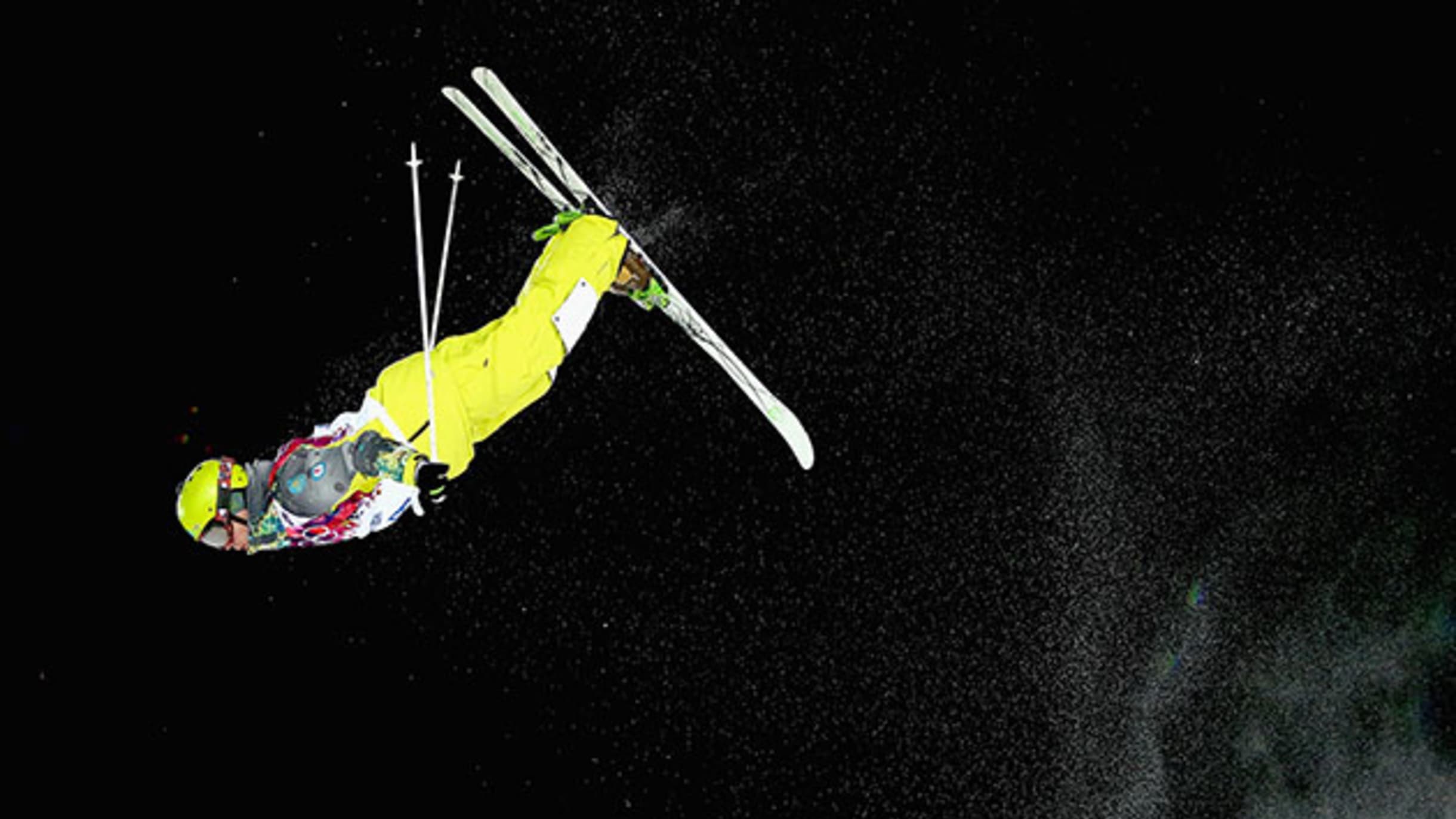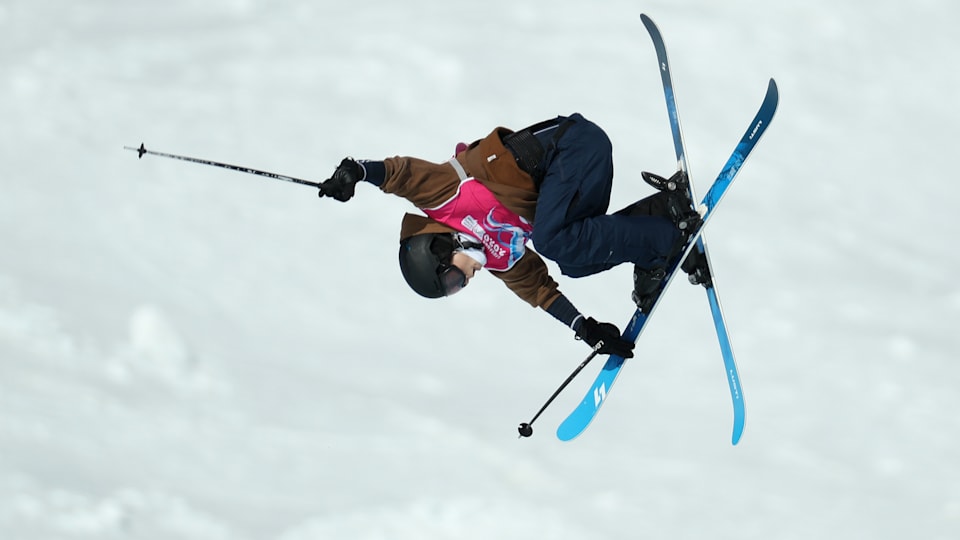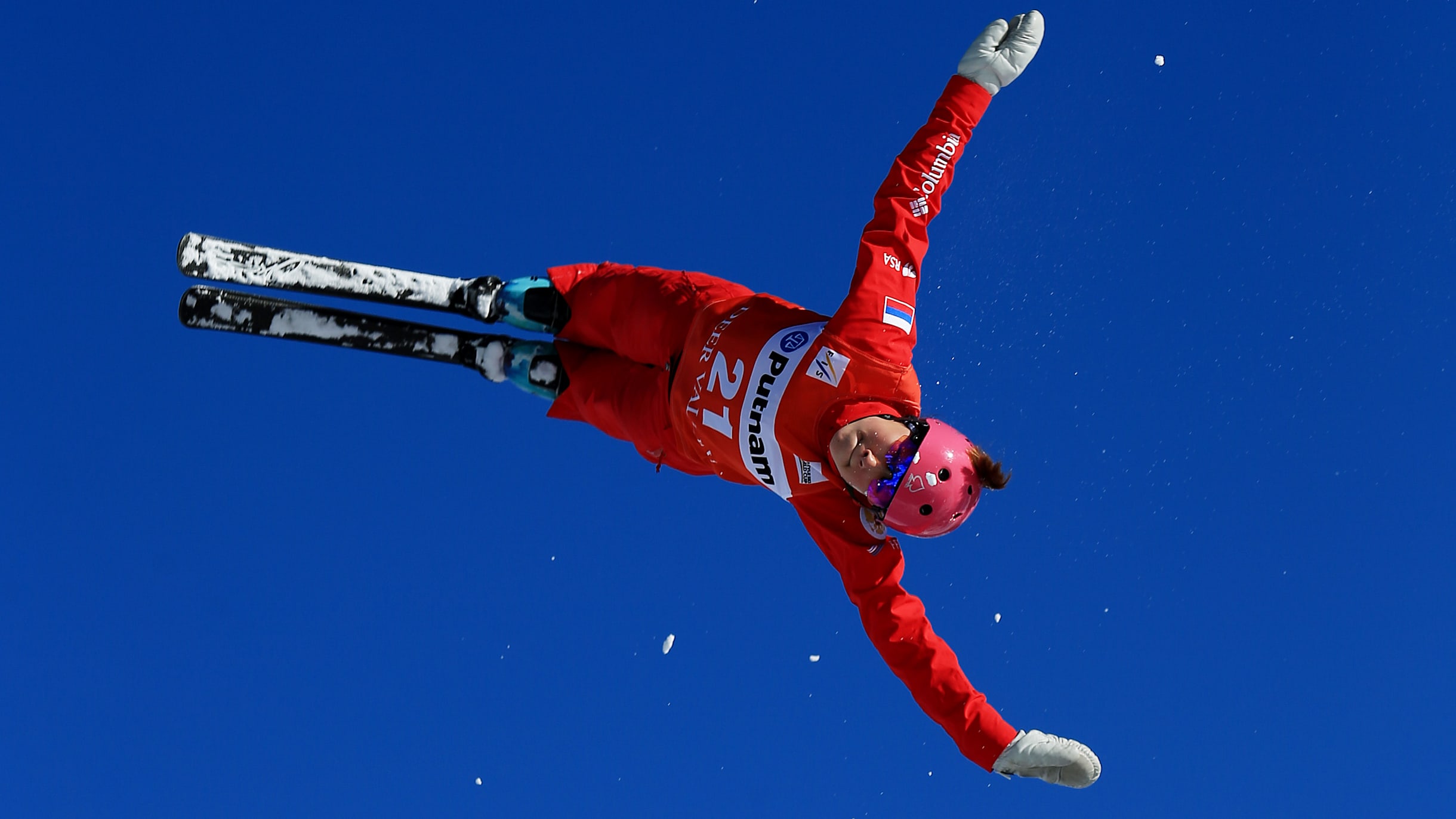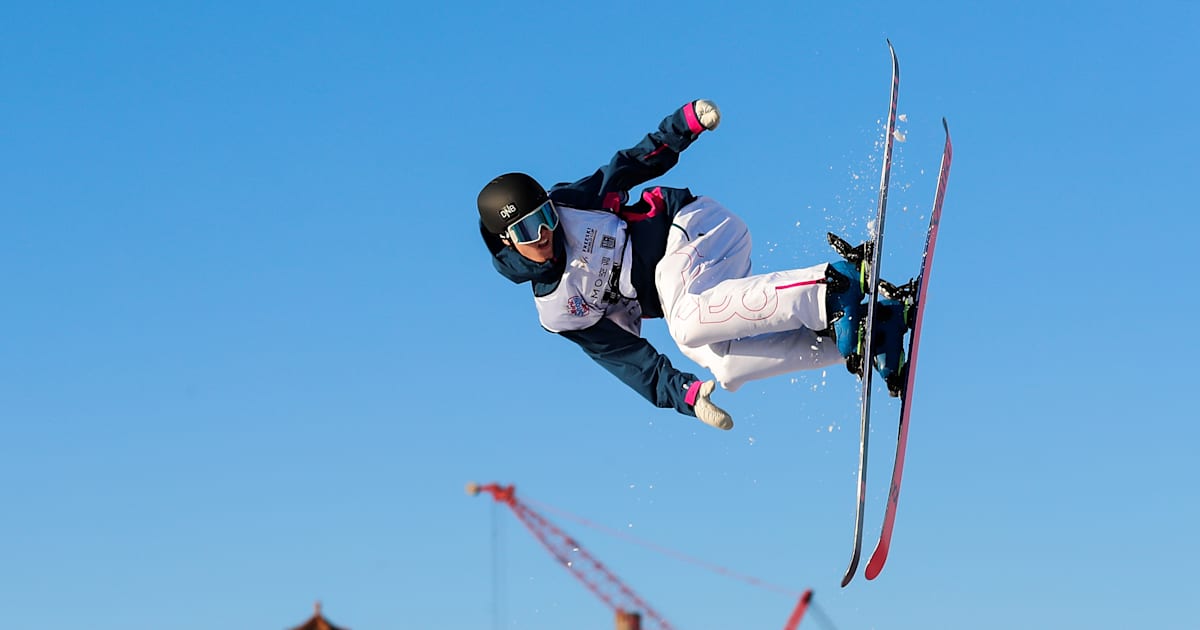As the world gears up for the Paris 2024 Olympics, one of the most exhilarating events on the roster is freestyle skiing. Known for its daring tricks, vibrant styles, and breathtaking athleticism, freestyle skiing captures the essence of winter sports while offering an electrifying spectacle for spectators. Set against the stunning backdrop of the French Alps, this year's events promise to deliver thrilling competition and memorable moments.
The Essence of Freestyle Skiing
Freestyle skiing is a dynamic discipline that combines the elements of skiing, acrobatics, and artistry. Athletes navigate diverse terrains and obstacles, showcasing their skills through a variety of maneuvers, including jumps, flips, spins, and tricks. The sport encompasses several categories, each with its unique challenges and techniques:
-
Mogul Skiing: Competitors race down a steep, bumpy course, executing jumps and turns while navigating a series of moguls. Judges evaluate athletes based on their speed, technique, and the quality of their aerial maneuvers.
2. Aerials: In this category, skiers launch off large jumps to perform high-flying tricks before landing on a downhill slope. Aerialists are judged on the difficulty and execution of their jumps, as well as their landing precision.
3. Slopestyle: Skiers navigate a course filled with a series of obstacles, including rails, boxes, and jumps. Competitors perform a combination of tricks and jumps, and they are judged on creativity, difficulty, and execution.
4. Halfpipe: In halfpipe events, athletes ski within a U-shaped channel, performing tricks while navigating the walls of the pipe. The height and complexity of their maneuvers are critical in earning high scores from judges.
Freestyle skiing is not only about athleticism; it also embodies a sense of creativity and personal style, allowing athletes to express themselves on the slopes.
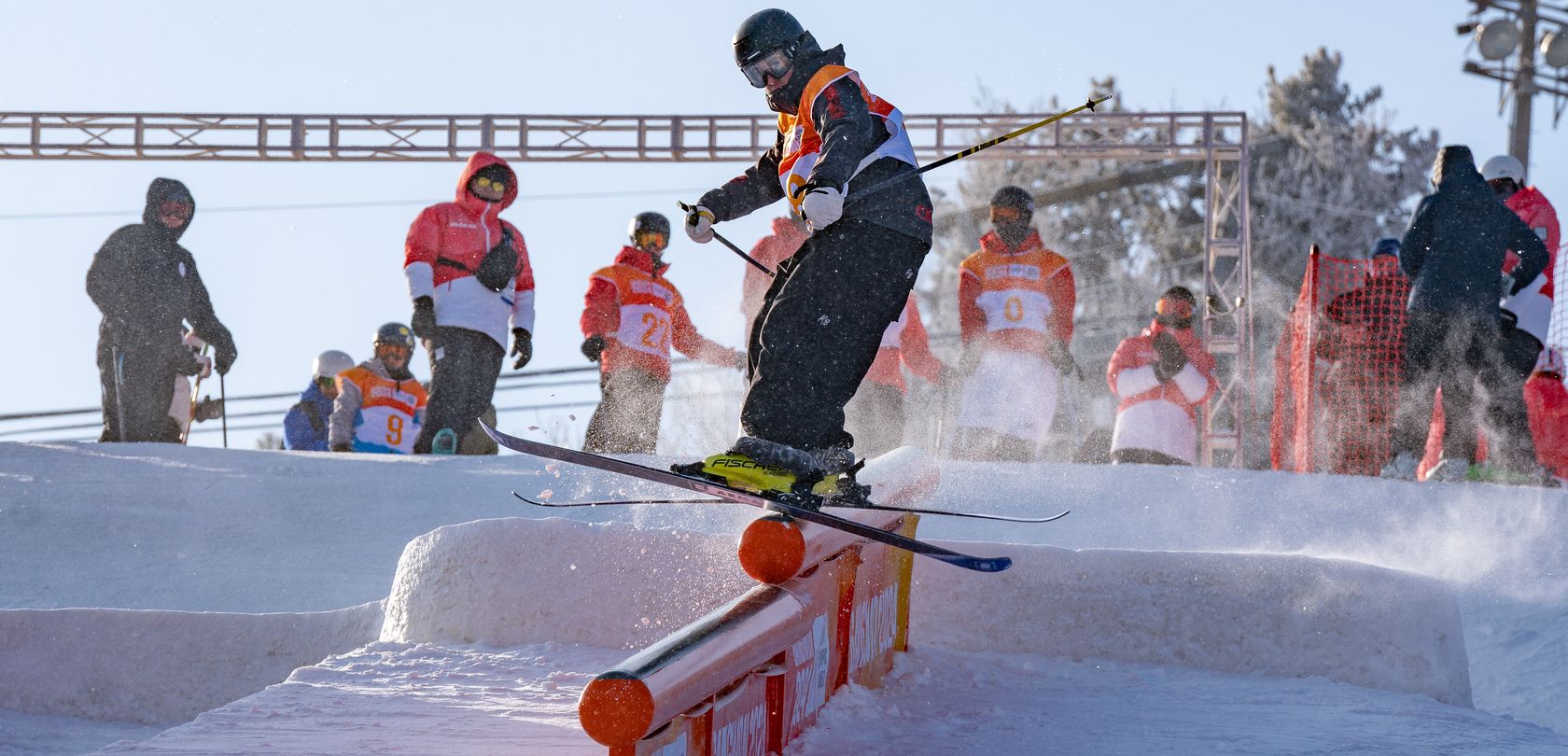
Olympic History of Freestyle Skiing
Freestyle skiing made its Olympic debut at the 2014 Sochi Winter Games, where it quickly captured the attention of audiences worldwide. Since then, the sport has gained immense popularity, attracting a diverse pool of talented athletes eager to showcase their skills on the Olympic stage.
The introduction of new events, such as big air, has further broadened the appeal of freestyle skiing. Athletes are now competing in various formats, each showcasing different skills and styles. As a result, the competition has become increasingly dynamic and entertaining.
The Competitive Format at Paris 2024
At the Paris 2024 Olympics, freestyle skiing will feature a diverse range of events, promising thrilling competition and nail-biting moments. The competition will take place in the breathtaking French Alps, renowned for its challenging terrain and stunning vistas.
The format will consist of both qualifying rounds and finals, allowing athletes to demonstrate their skills across multiple runs. Competitors will have the opportunity to showcase their best tricks, with judges scoring each performance based on factors such as difficulty, creativity, and execution. The top performers will advance to the finals, where the ultimate showdown for Olympic medals will take place.

Training and Preparation
Preparation for the Paris 2024 Olympics is intense, with athletes dedicating countless hours to perfect their skills and conditioning. Freestyle skiing requires a unique combination of physical fitness, technical ability, and mental resilience.
Physical conditioning is essential for freestyle skiers, who must develop strength, balance, and flexibility. Training regimens often include a mix of aerobic workouts, strength training, and agility drills, ensuring that athletes are physically prepared for the demands of the sport.
Skill development is equally important. Athletes spend hours on the slopes, practicing their jumps and tricks to perfect their techniques. This may involve training in terrain parks, where they can work on specific skills and experiment with new maneuvers.
Mental preparation is crucial in freestyle skiing. Athletes must cultivate focus, confidence, and composure to perform under pressure. Visualization techniques, goal-setting, and mental resilience training help skiers manage the psychological challenges of competition, enabling them to execute their best performances when it matters most.
The Thrill of Competition
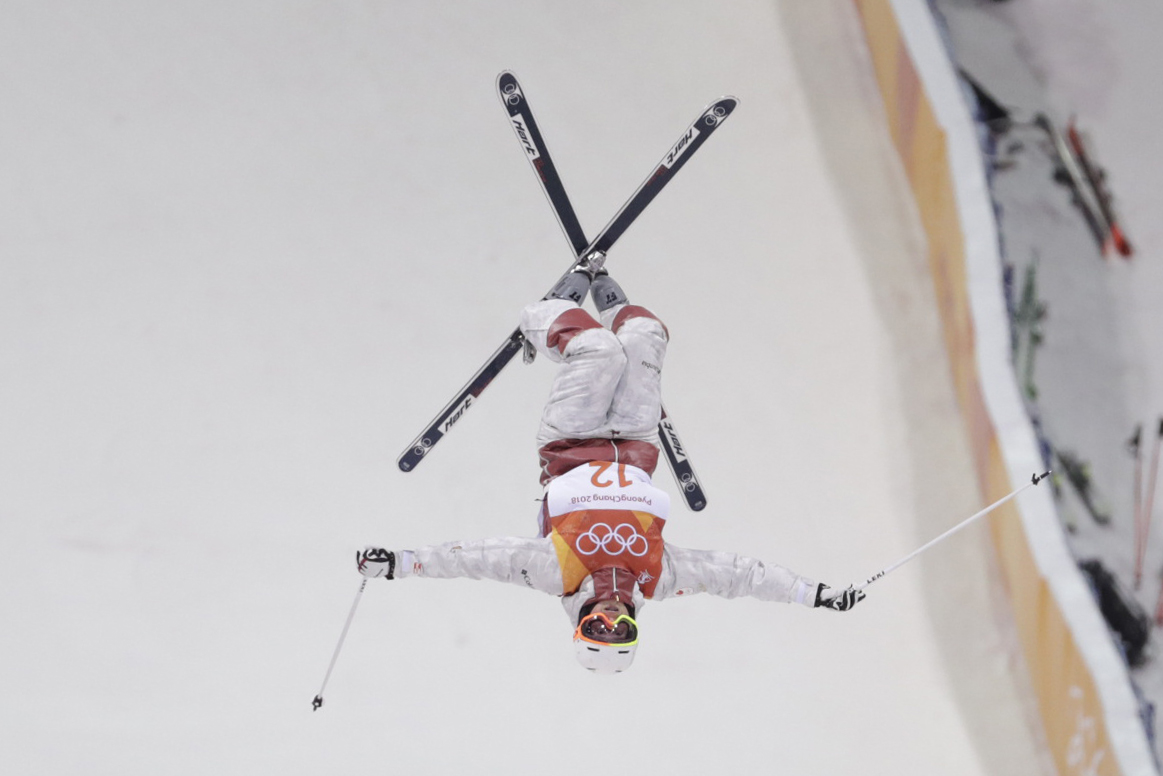
The excitement of freestyle skiing lies in the unpredictability and creativity of each performance. Athletes push the boundaries of what is possible on skis, constantly innovating and attempting new tricks to gain an edge over their competitors.
During the Paris 2024 Olympics, fans can expect a vibrant atmosphere filled with energy and anticipation. From jaw-dropping aerial maneuvers to daring slopestyle tricks, the competition will keep audiences on the edge of their seats. Athletes will also engage in friendly rivalries, showcasing the camaraderie that exists within the freestyle skiing community.
The Role of Technology in Freestyle Skiing

Technology has played a significant role in the evolution of freestyle skiing. Innovations in equipment and training techniques have enhanced both performance and safety.
Equipment advancements, such as lighter and more flexible skis, have allowed athletes to achieve greater heights and perform more complex tricks. Protective gear, including helmets and padded clothing, has improved safety standards, enabling athletes to push their limits with confidence.
Additionally, data analytics has transformed training and performance assessment. Athletes and coaches utilize video analysis and performance metrics to evaluate their runs, identify areas for improvement, and fine-tune their techniques. This data-driven approach enhances training effectiveness and contributes to athletes’ overall success.
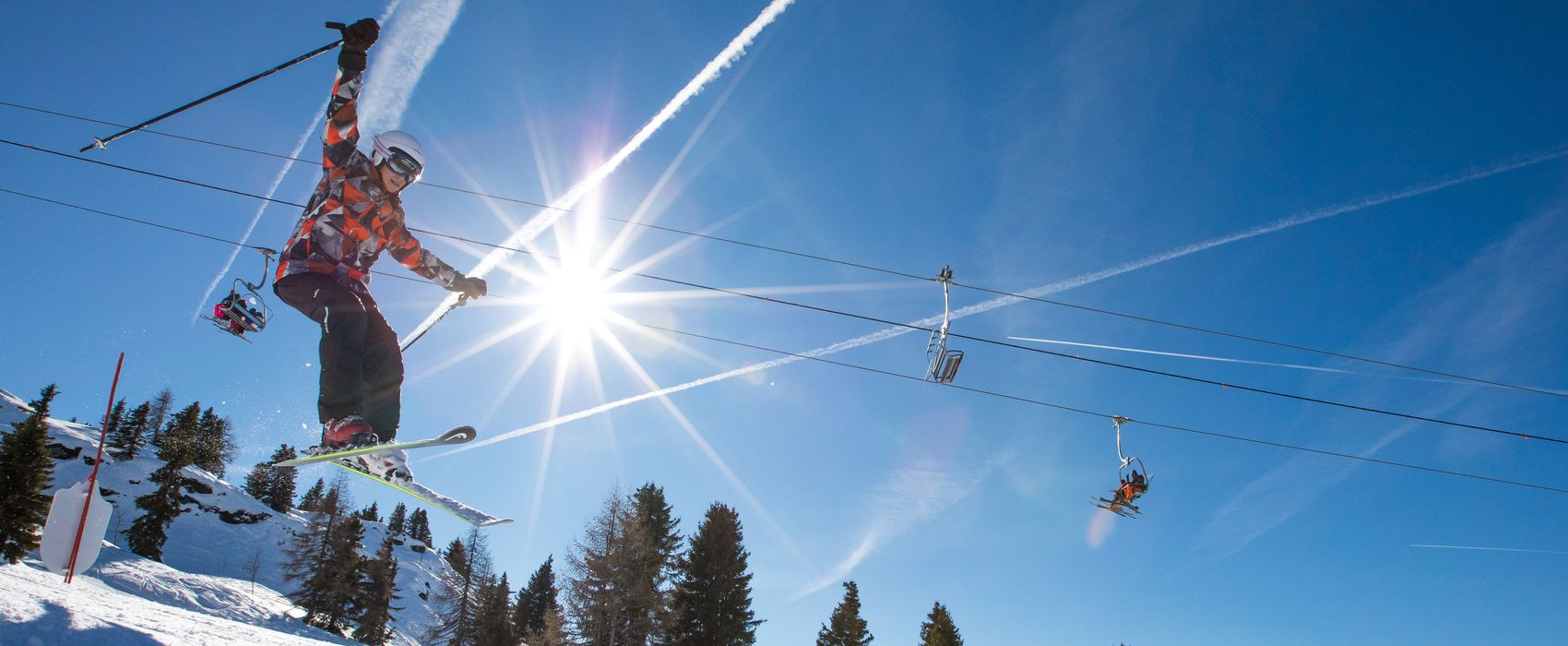
The Cultural Impact of Freestyle Skiing
Freestyle skiing embodies a unique culture that celebrates individuality and creativity. Athletes often express their personalities through their style, music, and social media presence. This cultural aspect attracts a diverse audience, making freestyle skiing one of the most exciting and accessible winter sports.
Social media platforms have allowed athletes to connect with fans and share their journeys, showcasing their training, competitions, and personal stories. This connection fosters a sense of community and inspires the next generation of freestyle skiers to pursue their passions.
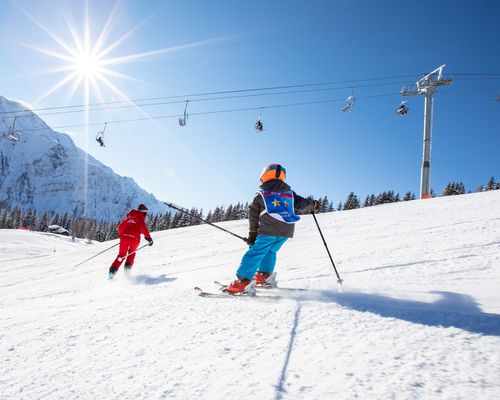
The Future of Freestyle Skiing
As freestyle skiing continues to evolve, the Paris 2024 Olympics is expected to serve as a springboard for the sport’s growth. The visibility gained from the Games will likely inspire more young athletes to take up freestyle skiing, promoting its accessibility and inclusivity.
Efforts to enhance diversity within freestyle skiing are gaining traction, with initiatives aimed at providing resources and opportunities for aspiring athletes from various backgrounds. Increasing participation from underrepresented communities will enrich the sport and contribute to its ongoing development.
Conclusion
Freestyle skiing at the Paris 2024 Olympics promises to be a thrilling showcase of athleticism, creativity, and style. As athletes navigate the slopes and perform gravity-defying tricks, they will capture the essence of the sport and inspire audiences around the globe.
With its rich history, innovative spirit, and vibrant culture, freestyle skiing stands out as one of the most captivating winter sports in the Olympic program. The Paris 2024 Olympics will not only celebrate the achievements of the world's best freestyle skiers but also ignite a passion for the sport in future generations. As fans gather to witness the excitement on the slopes, the spirit of camaraderie and competition will create an unforgettable atmosphere, making this Olympic Games a remarkable celebration of sport, culture, and human achievement.


